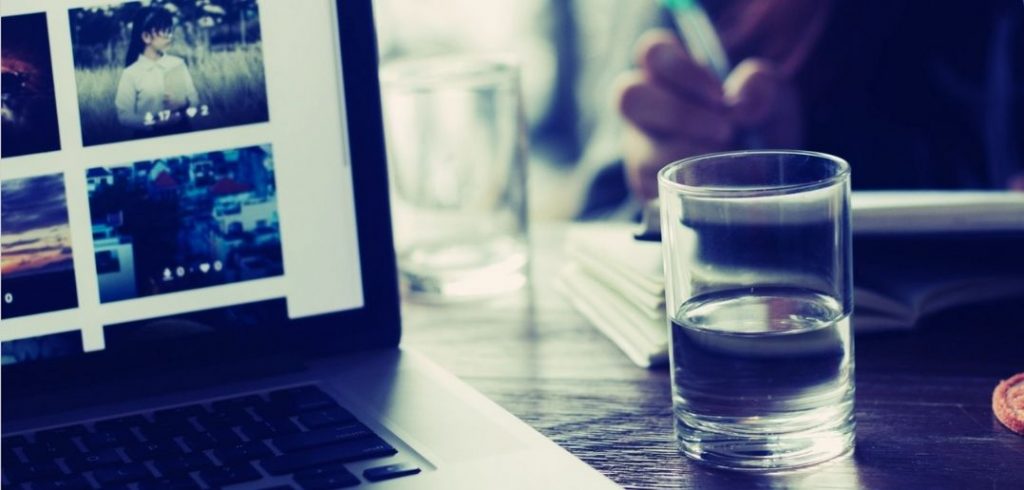There are few things more satisfying than complete immersion in a task. Few things more fulfilling than allowing everything else, from your immediate surroundings to your worries, to melt away. This is a state of being known as flow, and it is in many ways at the core of job satisfaction, creativity, and productivity.
As noted by psychological publication Positive Psychology, the concept of flow can be traced back to psychologist Mihaly Csikszentmihalyi. Long-fascinated by the single-minded focus of artists and creatives, he set out in the late 1970s and early 1980s to gain an understanding of what drove them. What was it that caused them to lose themselves in their work to such an extent, and how might that be applied elsewhere?
Csikszentmihalyi would later publish his findings in a book titled Flow: The Psychology of Optimal Experience, in which he provided an incredibly apt summary of what makes flow so fulfilling in the first place:
“You know what you need to do is possible to do, even though difficult, and some sense of time disappears,” he wrote. “You forget yourself. You feel part of something larger.”
There’s a bit more to it than that, obviously. Per Positive Psychology, Csikszentmihalyi’s research found that there are nine different aspects which work together to create a flow state:
- Challenge-skill balance. Your work is challenging, but not beyond your skill to accomplish.
- Action-awareness merging. The only thing that matters is the task at hand, and you are focused entirely on what’s required to complete that task.
- Clear goals. You know what you’re trying to achieve, and how to achieve it.
- Unambiguous feedback. You are constantly aware of how well you are doing and capable of adjusting your work accordingly.
- Concentration on the task at hand. Your mind is not wandering, and you are only aware of your work.
- Sense of control. You are in your element, and your work is entirely under your command.
- Loss of self-consciousness. You forget about your physical body as you continue to work, and everything from bodily needs to appearances fades into the background.
- Transformation of time. You lose track of time. Minutes stretch into hours without you fully realizing it.
- Autotelic experience. Once you are finished with your task, there is a sense of rewarding satisfaction to what you have accomplished.
It’s one thing to forget yourself when the work you’re doing is a hobby. But how exactly can you forget yourself in the workplace, with its distractions, deadlines, and pressures? How exactly can you enter creative flow when you’re at the office rather than in a studio?
First, you need to rid yourself of distractions. When you’re working on a project, focus on that project and that project only. Turn off your notifications, and don’t allow yourself to check your email or social media profiles.
Understand that your work is what matters and that the more frequently you give in to distraction, the harder it will be to enter a flow state.
Second, seek work that challenges you without making you feel like you’re falling short. be willing to step out of your comfort zone, training yourself in new skills and knowledge sets. Speak to organizational leadership about the possibility of taking on a new role or responsibility so that you can remain engaged.
Third, set clear, achievable goals and milestones for your projects. Take them one step at a time. The satisfaction of doing your work and doing it well will hopefully be enough, but if not, find some way to reward yourself for a job well done.
Fourth, let your imagination roam free. Remain open-minded, flexible, and curious, collaborating with your colleagues and seeking new concepts and ideas to apply to your work. Treat each project not as something you need to get done, but as an opportunity to develop your skills and put your talents on display.
And finally, understand that if you cannot attain flow, there’s always a reason behind it. You may be burnt out, or you may have chosen a career that’s simply incompatible with your creative energy. Either way, I’d recommend stepping back and asking yourself and your colleagues what can be done.
Because at the end of the day, everyone should have an opportunity to go with the flow.
About the Author:
Brad Wayland is the Chief Strategy Officer at BlueCotton, a site with high-quality, easy-to-design custom t-shirts.
